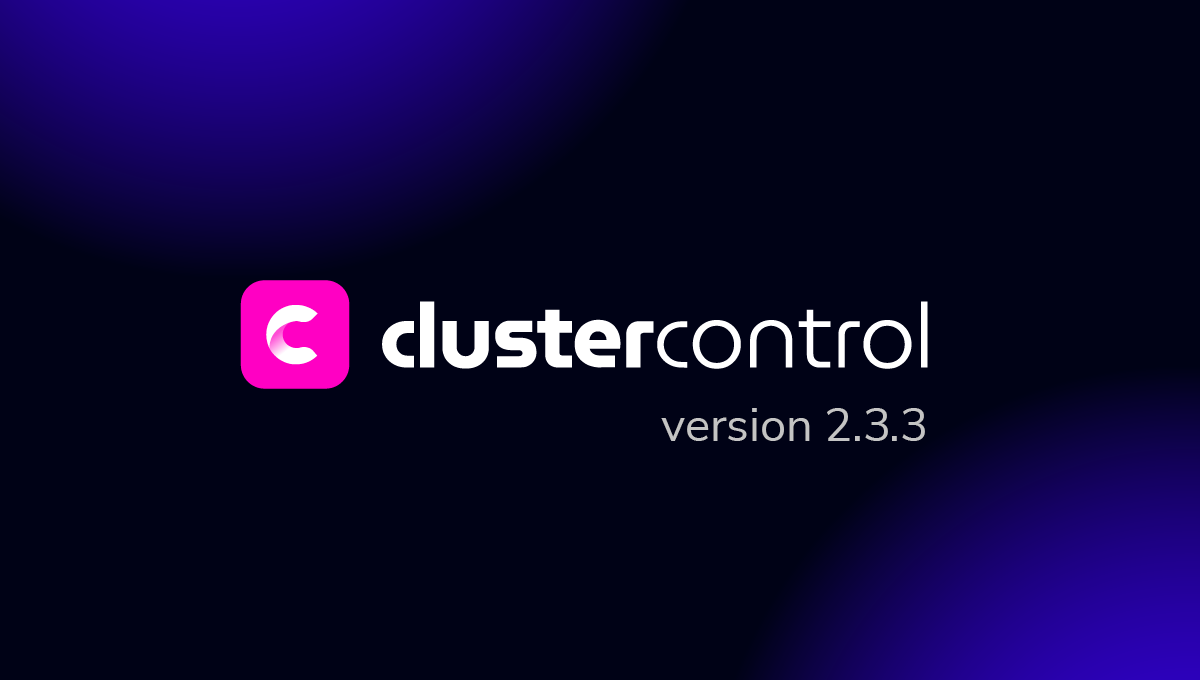blog
A SOx Compliance Checklist for PostgreSQL

The United States SOx (Sarbanes-Oxley) Act, 2002, addresses a broad spectrum of fundamental information security principles for commercial enterprises, ensuring their functions are rooted and consistently applied, based on concepts of CIA (Confidentiality, Integrity, and Availability).
Accomplishing these goals requires commitment from many individuals, all which must be aware of; their responsibilities maintaining the secure state of the enterprise assets, understanding policies, procedures, standards, guidelines, and the possibilities of losses involved with their duties.
CIA aims at ensuring that the alignment of the business strategy, goals, mission, and objectives, are supported by security controls, approved in consideration with senior management’s due diligence, and tolerance for risks and costs.
PostgreSQL Database Clusters
The PostgreSQL Server has a broad collection of features offered for free, making it one of the most popular DBMS (Database Management Systems), enabling its adoption on a wide range of projects in different social and economic spheres.
The main advantage for its adoption, is the Open Source License, removing concerns around copyright infringement within an organization, possibly being caused by an IT administrator, inadvertently exceeding the number of permitted licenses.
The implementation of information security for PostgreSQL (From an organizational context) will not be successful without carefully constructed and uniformly applied security policies and procedures which cover all aspects of business continuity planning.
BCP (Business Continuity Planning)
Leadership must agree prior to starting the BCP program to ensure they understand the expected deliverables, as well their personal liability (financially and even criminally) if it is determined that they did not use due care to adequately protect the organization and its resources.
The senior management’s expectations are communicated through policies, developed and maintained by security officers, responsible for establishing procedures and adherence to standards, baselines, and guidelines, and for discovering SPoFs (Single Points of Failure) that can compromise an entire system from working securely and reliably.
The classification of these potential disruptive events, is done using BIA (Business Impact Analysis), which is a sequential approach of; identifying the assets and business processes, determine criticality of each one, estimate MTD (Maximum Tolerable Downtime) based on their time sensitivity for recovery, and finally, calculate the recovery objectives; RTO (Recovery Time Objective) and RPO (Recovery Point Objective), considering the cost of achieving the objective, versus, the benefit.
Data Access Roles and Responsibilities
Commercial businesses commonly hire outside firms who specialize in background checks in order to gather more information of prospective new employees, assisting the hiring manager with solid work records, validating education degrees and certifications, criminal history, and reference checks.
Operational systems are being out-dated and poor or written down passwords, are just a couple of the many ways unauthorized individuals can find vulnerabilities and attack an organization’s information systems, through the network or social engineering.
Third-party services, hired by the organization, can represent a threat as well, especially if employees are not trained to use proper security procedures. Their interactions must be rooted in strong security foundations in order to prevent information disclosure.
Least privilege refers to granting users only the access they need to do their jobs, nothing more. While some employees (based upon their job functions) have a higher “need-to-know” access. Consequently, their workstations must be continuously monitored, and up-to-date with security standards.
Some Resources That Can Help

COSO (Committee of Sponsoring Organizations of the Treadway Commission)
Formed in 1985, to sponsor the US (United States) National Commission on Fraudulent Financial Reporting, which studied causal factors that lead to fraudulent financial reporting, and produced recommendations for; public companies, their auditors, the SEC (Securities Exchange Commission), other regulators, and law enforcement bodies.
ITIL (Information Technology Infrastructure Library)
Built by the British government’s Stationary Office, ITIL is a framework composed of a set of books, which demonstrates best practices for specific needs for IT of an organization, such as management of core operational processes, incidents and availability, and financial considerations.
COBIT (Control Objectives for Information and Related Technology)
Published by the ITGI (IT Governance Institute), COBIT is a framework that provides an overall structure for IT controls, including examination of efficiency, effectiveness, CIA, reliability, and compliance, in alignment with the business needs. ISACA (Information Systems Audit and Control Association) provides deep instructions about COBIT, as well as certifications recognized globally, such as CISA (Certified Information Systems Auditor).
ISO/IEC 27002:2013 (International Organization for Standardization/International Electrotechnical Commission)
Previously known as ISO/IEC 17799:2005, the ISO/IEC 27002:2013 contains detailed instructions for organizations, covering information security controls, such as; policies, compliance, access controls, operations and HR (Human Resources) security, cryptography, management of incidents, risks, BC (Business Continuity), assets, and many more. There is also a preview of the document.
VERIS (Vocabulary of Event Recording and Incident Sharing)
Available on GitHub, VERIS is a project in continuous development, intended to help organizations collecting useful incident-related information, and sharing it anonymously and responsibly, expanding the VCDB (VERIS Community Database). The cooperation of users, resulting in an excellent reference for risk management, is then translated into an annual report, the VDBIR (Verizon Data Breach Investigation Report).
OECD Guidelines (Organization for Economic Cooperation and Development)
The OECD, in cooperation with partners around the globe, promotes RBCs (Responsible Business Conduct) for multinational enterprises, ensuring privacy to individuals upon their PII (Personally Identifiable Information), and establishing principles of how their data must be retained and maintained by enterprises.
NIST SP 800 Series (National Institute of Standards and Technology Special Publication)
The US NIST, provides on its CSRC (Computer Security Resource Center), a collection of publications for Cybersecurity, covering all kinds of topics, including databases. The most important one, from a database perspective, is the SP 800-53 Revision 4.
Conclusion

Achieving SOx goals is a daily concern for many organizations, even those not limited to accounting activities. Frameworks containing instructions for risk assessment and internal controls must be in place for enterprise’s security practitioners, as well as software for preventing destruction, alteration, and disclosure of sensitive data.




